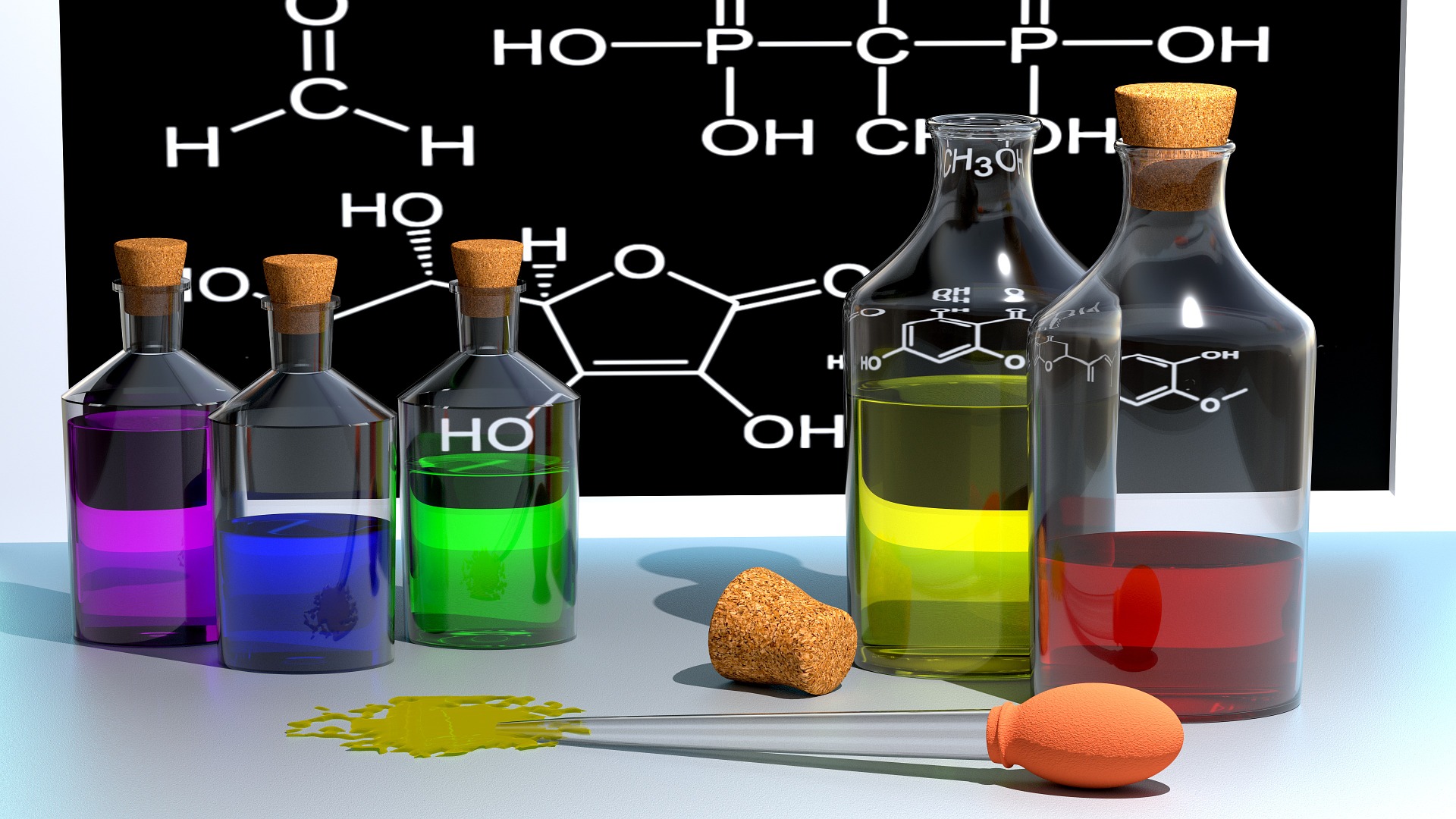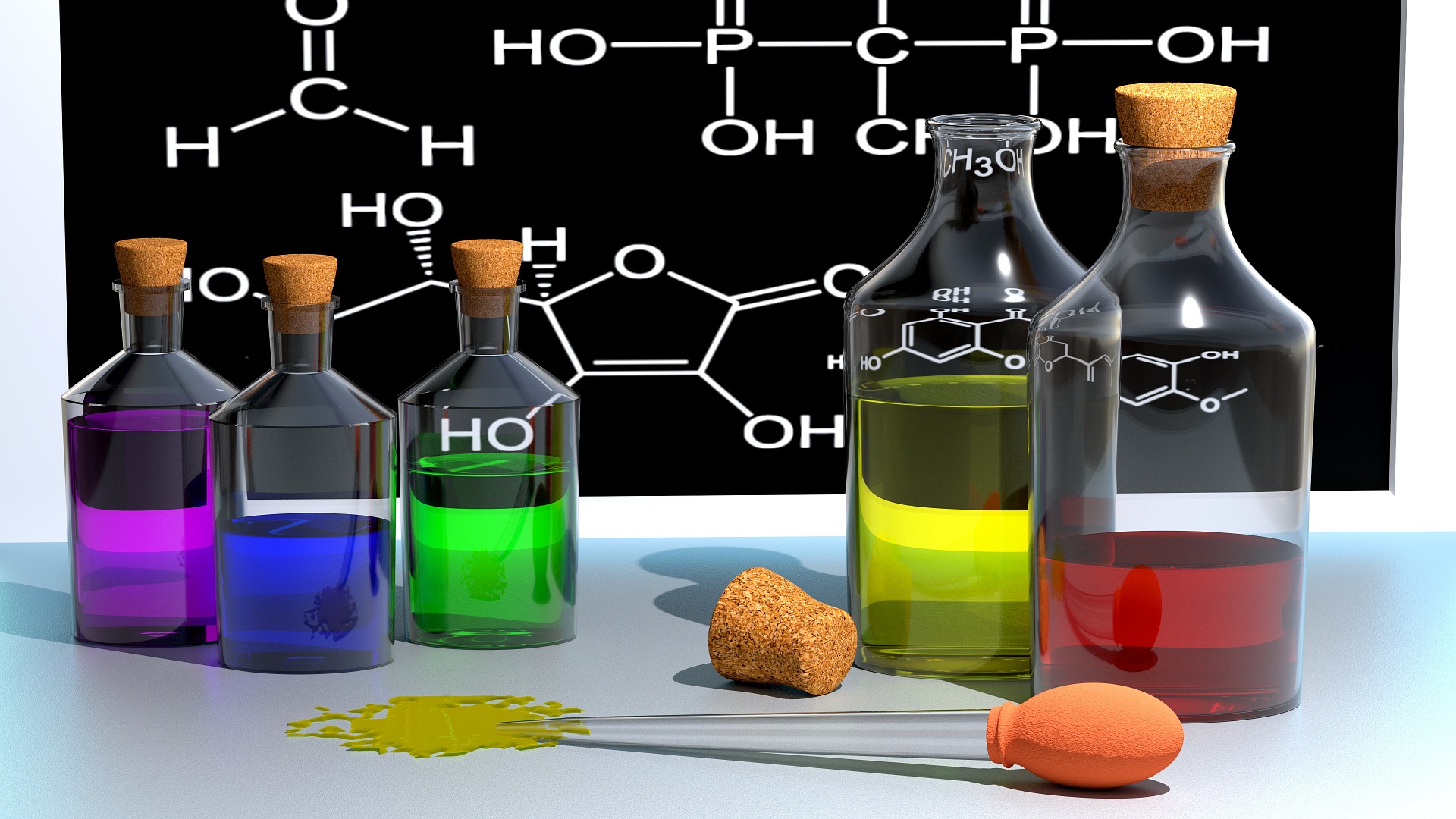I highly recommend that everyone read these two articles:
- The New York Times Magazine, “The Lawyer Who Became DuPont’s Worst Nightmare”
- The Huffington Post, “Welcome to Beautiful Parkersburg, West Virginia: Home to one of the most brazen, deadly corporate gambits in U.S. history”
They’re both brilliant exposés about DuPont’s dumping of perfluorooctanoic acid (PFOA) into the groundwater and land of Parkersburg, West Virginia. They reveal corporate malfeasance, regulator ineptitude, health risks, and environmental degradation that everyone should be aware of.
I also wrote an article that was published in Collective Evolution on the topic of organofluorine compounds like PFOA and how they affect our health – “Fluorine-Based Toxins Accumulate In The Body & Cause Multiple Health Problems.” You should read (and share) it too. 🙂
The articles listed above aren’t directly about fluoroquinolones. However, I suspect that they are connected to fluoroquinolones, and fluoroquinolone toxicity.
Both the chemical noted in the articles, perfluorooctanoic acid (PFOA, aka C8), and fluoroquinolones, are organofluorine compounds–meaning that they are composed of a carbon-fluorine bond. That fact alone does not mean that fluoroquinolones have the same consequences as perfluorooctanoic acid, but it does mean that similarities should be examined.
Organofluorine Bioaccumulation
The most worrisome aspect of perfluorinated compounds (PFCs) – man-made types of organofluorine compounds, like PFOA, that are used in many non-stick consumer products including cookwear and carpeting – is that they, essentially, never biodegrade. They stay in our bodies, and the environment, indefinitely, because there are no mechanisms in our bodies (or in the environment) to break them down.
Per the article, “Human detoxification of perfluorinated compounds:”
“it appears that most PFCs may be re-absorbed and returned to the liver through the enterohepatic circulation where the cycle of biliary excretion and re-absorption recommences repeatedly. In addition, there is increasing evidence in the literature that persistence in the body may also result from impaired renal excretion of some PFCs due to renal tubular re-absorption mediated through organic anion transporters.”
Additionally, PFCs accumulate in the environment and work their way up the food chain. They get absorbed into plants, then absorbed by the animals that eat the plants, then absorbed by the animals that eat those animals, until they are highly concentrated in the animals at the top of the food chain (us).
Do fluoroquinolones, or fluoroquinolone metabolites (specifically organofluorine metabolites), also stay in the body indefinitely–getting recycled and re-absorbed through enterohepatic circulation? Do they bioaccumulate indefinitely like PFCs?
Tolerance Thresholds for Fluoroquinolones
If fluoroquinolones (or their metabolites) bioaccumulate, it would make sense of some aspects of fluoroquinolone toxicity.
First, there appears to be a tolerance threshold for fluoroquinolones. People can tolerate fluoroquinolones well until they reach their personal tolerance threshold, at which time they get “floxed.” Some people are devastated by a single prescription of fluoroquinolones, while other people can tolerate several prescriptions before they get obliterated by fluoroquinolone toxicity. Personally, I was fine after my first exposure to ciprofloxacin in 2010–it was only after my second exposure in 2011 that I had an adverse reaction. (Of course, it should be noted that some people never reach their tolerance threshold and never experience getting “floxed.”)
Likewise, there appears to be a tolerance threshold for PFC exposure. People don’t get cancer, or colitis, or have children with birth-defects, after a single time cooking with a Teflon pan. Exposure to PFCs at high doses is necessary for their ill effects to become apparent. However, because of bioaccumulation, repeated small exposures (say, a decade of cooking in non-stick pans while living in a house with PFC-coated carpets) can lead to levels of PFCs in one’s body that are high, and can lead to negative health outcomes. That’s what makes the bioaccumulation situation so frightening–we all have PFCs in our blood* and every time we’re exposed to more, the toxic burden on our body increases.
Could our tolerance threshold for fluoroquinolones not only be a tolerance threshold for FQs, but also our tolerance threshold for all sources of organofluorine compounds (fluorinated pharmaceuticals, non-stick consumer goods, pesticides, etc.)?
Could the people who get “floxed” be the people with already high levels of PFCs who get pushed over the toxic edge by fluoroquinolones? Or, are the people who have adverse reactions to fluoroquinolones those who are particularly bad at metabolizing and eliminating organofluorine compounds / really good at holding onto and recirculating those toxins? Certainly, there must be some factors that differentiate those who suffer from adverse reactions to fluoroquinolones from those who don’t. There are any number of potential environmental and genetic factors, and maybe bioaccumulation of organofluorine compounds is a factor that should be considered (levels of PFCs and bioaccumulation may be due to a combination of both environmental and genetic factors).
The notion of a tolerance threshold for fluoroquinolones is reinforced by the cross-reactivity between fluoroquinolones. Once a person has an adverse reaction to a fluoroquinolone, all fluoroquinolones (not only the one they reacted badly to) are contraindicated for that person. This cross-reactivity may, or may not, have to do with an accumulation of organofluorine compounds or their metabolites (please keep in mind that there are other mechanisms for the cross-reactivity phenomenon).
Though bioaccumulation of toxins (including, but not limited to organofluorine compounds like fluoroquinolones and PFCs) is a problem that needs examination, I don’t think that the situation is hopeless for those who carry a high burden of toxins. Lifestyle changes may be necessary to avoid toxins and pollutants, and our natural cleansing organs may need to be supported a bit (through diet, supplements, etc.), but there is plenty of evidence that healing from fluoroquinolone toxicity is possible, and despite all the pollution in Parkersburg, WV, there are still some healthy people there. Bioaccumulation of toxins is frightening, for sure, but though our bodies are not well equipped to deal with organofluorine compounds, we do have detoxification and healing mechanisms that are helpful.
Years of Poisoning and Pollution
DuPont first started using PFOA in 1951. Internal documents reveal that they knew that PFOA was toxic at that time, yet they still used it in consumer products and disposed of it improperly. It wasn’t until 2011 that independent scientists, “began to release their findings: there was a ‘probable link’ between PFOA and kidney cancer, testicular cancer, thyroid disease, high cholesterol, pre-eclampsia and ulcerative colitis.” It wasn’t until 2016 that major news organizations like The New York Times and The Huffington Post began to publish articles about PFOA. Additionally, if you read “The Lawyer Who Became DuPont’s Worst Nightmare” you will note just how many things fell into place for the news of the toxicity of PFOA to reach the public.
How long will it take for fluoroquinolone-injury lawsuits to prevail, for studies examining whether or not fluoroquinolone-use is connected to the many diseases of modernity, and for major investigative journalism pieces to be completed? How long will it take for fluoroquinolone toxicity to reach public consciousness and for systems to change? As far as I know, no one is even looking at whether or not toxic fluorine metabolites are formed by fluoroquinolones, or whether or not they bioaccumulate like PFCs. Though there are hundreds of articles about the harm that fluoroquinolones do to cells (especially to mitochondria – BTW organofluorine metabolites like fluoroacetate and fluorocitrate wreak havoc on mitochondria. Unfluorinated quinolones may too though, so keep that in mind.), the only researcher who I know of who is even making steps toward connecting fluoroquinolone-use to the chronic, multi-symptom diseases of modernity is Dr. Golomb with The Fluoroquinolone Effects Study. I hope that more researchers study the many aspects of fluoroquinolone toxicity (mitochondria damage, mineral depletion, neurotransmitter dis-regulation, microbiome damage, thyroid damage, endocrine disruption, organofluorine metabolite accumulation, etc.) and that the questions raised in this post, and throughout this site, are answered.
Maybe we truly are canaries in the coalmine–warning everyone about the dangers, not only of fluoroquinolones, but of all fluorinated drugs, and also for the accumulated organofluorine compounds in our environment. It’s certainly a hypothesis that should be looked at. I would hate for 65 years of organofluorine compound metabolite accumulation to occur because of fluorinated drug use before an examination even takes place. After all, the toxicity of other organofluorine compounds is well-documented, so I’m not sure why fluorinated drugs are assumed to be safe. Fluoroquinolones certainly aren’t safe, and they need to be researched much more thoroughly.
Conclusions
I have neither the resources nor the expertise to know whether or not adverse reactions to fluorinated drugs, like fluoroquinolones, are related to the buildup of PFCs in our bodies and our environment. There are some aspects of fluoroquinolone toxicity that make more sense when it is noted that bioaccumulation is possible. Given that fluoroquinolones have a fluorine-carbon bond, and that other organofluorine compounds have been shown to bioaccumulate and wreak havoc on health, I think it’s something that should be explored.
Regardless of whether or not fluoroquinolones contribute to organofluorine load, we should all be concerned about PFCs in our bodies and our environment. Bioaccumulation of PFCs is going to make the problem worse and worse as time goes on. As chemical producing corporations like DuPont blatantly lie as they shift from one organofluorine pollutant to another, claiming that the current one is safer than the proven-toxic past ones–even though it’s not, more and more PFCs will accumulate. The potential detrimental effects of accumulated PFCs to our personal and collective health are yet to be determined. I suspect that health outcomes for humans, and all the other animals on the planet that are exposed to these compounds, will get worse and worse as time goes on and as they bioaccumulate. Perhaps I’m a pessimist though, and the consequences of organofluorine compounds in our environment won’t be as dire as I fear. We, or our children or grandchildren, shall see. Surely, future people will look back at this time and think that we are all fools for letting unregulated, greedy, corporate giants like DuPont release permanent, harmful pollutants into the world simply so they could make millions on non-stick pans and stain-resistant carpets. What a sad, sad, state of the world.
- “C8 was being detected everywhere—produce and beef in American grocery stores, polar bears in the Arctic, children in the remote Faeroe Islands. One analysis of blood banks from around the world showed that nearly all of the blood contained C8. The lone exception was a set of archived samples that had been collected from Korean War veterans before 1952.” (Source)












… [Trackback]
[…] Read More here on that Topic: floxiehope.com/organofluorine-accumulation/ […]
… [Trackback]
[…] Read More on on that Topic: floxiehope.com/organofluorine-accumulation/ […]
… [Trackback]
[…] Read More Information here to that Topic: floxiehope.com/organofluorine-accumulation/ […]
… [Trackback]
[…] There you will find 77723 more Information to that Topic: floxiehope.com/organofluorine-accumulation/ […]
… [Trackback]
[…] Here you will find 20370 additional Information to that Topic: floxiehope.com/organofluorine-accumulation/ […]
… [Trackback]
[…] Info to that Topic: floxiehope.com/organofluorine-accumulation/ […]
… [Trackback]
[…] Find More Information here to that Topic: floxiehope.com/organofluorine-accumulation/ […]
… [Trackback]
[…] There you will find 90686 more Info on that Topic: floxiehope.com/organofluorine-accumulation/ […]
… [Trackback]
[…] Information to that Topic: floxiehope.com/organofluorine-accumulation/ […]
… [Trackback]
[…] Here you will find 69481 more Information to that Topic: floxiehope.com/organofluorine-accumulation/ […]
… [Trackback]
[…] Here you will find 73126 more Info to that Topic: floxiehope.com/organofluorine-accumulation/ […]
… [Trackback]
[…] Read More Info here on that Topic: floxiehope.com/organofluorine-accumulation/ […]